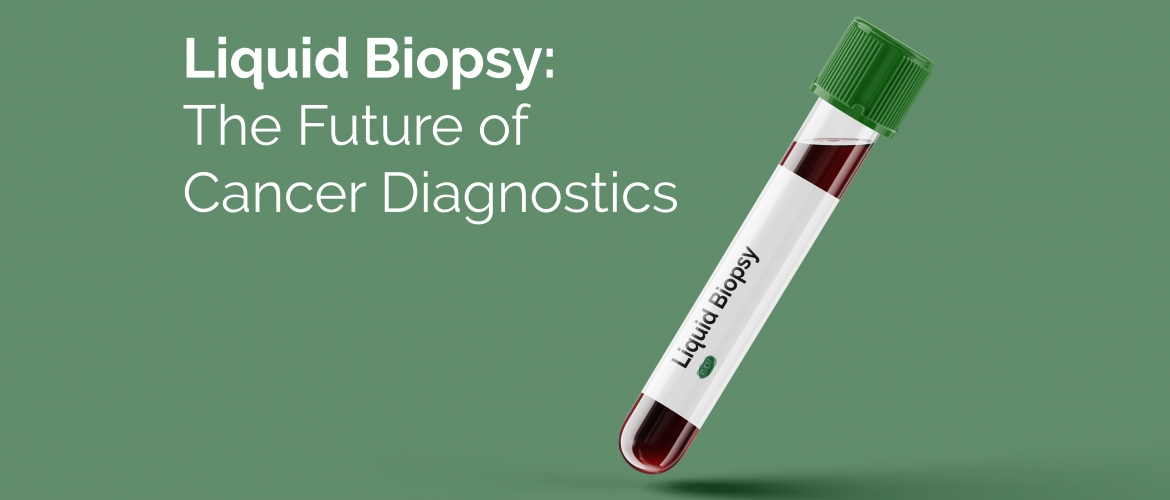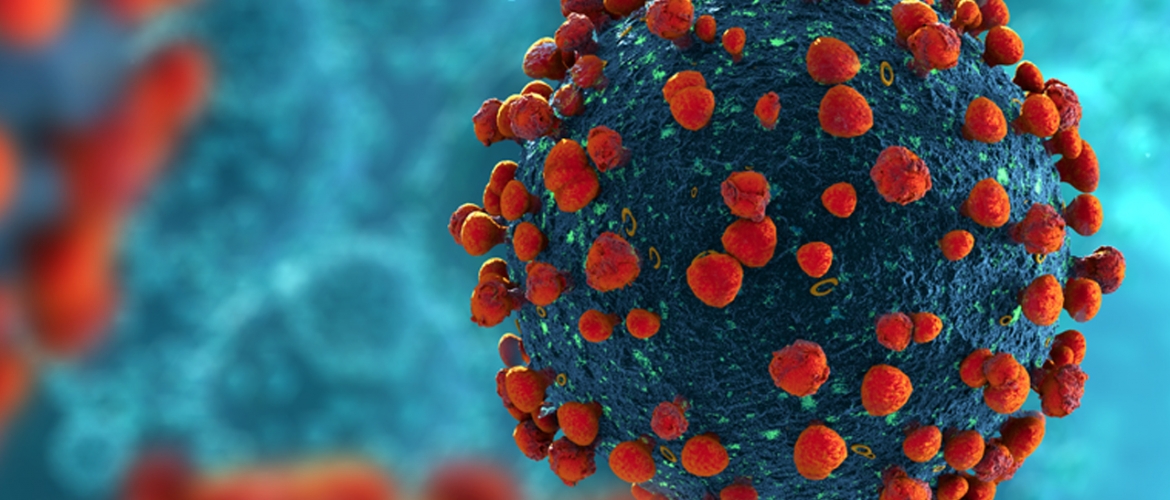```
Introduction to Liquid Biopsy
Liquid biopsy is an innovative approach to cancer diagnosis that utilizes blood samples to detect cancer-related genetic material. This method offers a less invasive alternative to traditional tissue biopsies, which often require surgical procedures and can be uncomfortable for patients. As technology evolves, liquid biopsy emerges as a pivotal tool in the early detection and monitoring of cancer, allowing healthcare providers to tailor treatments more effectively.
The development of liquid biopsy technologies has been fueled by advancements in genomics and bioinformatics, enabling the identification of circulating tumor DNA (ctDNA) and other biomarkers in the bloodstream. These innovations not only enhance the accuracy of cancer detection but also facilitate real-time monitoring of treatment responses. Consequently, liquid biopsies hold great promise in transforming cancer care, prioritizing patient comfort and efficacy in diagnosis.
Understanding the Limitations of Traditional Biopsy Methods
Despite their longstanding use, traditional biopsy methods present various limitations that can hinder effective cancer diagnosis. These procedures can be invasive, requiring substantial recovery time and often leading to patient anxiety. Additionally, the inability to obtain samples from metastatic sites or poorly accessible locations can result in incomplete or inconclusive diagnoses.
The complexities of tumor heterogeneity further complicate traditional biopsies, as a single tissue sample may not represent the entire tumor landscape. This limitation can lead to missed opportunities for targeted treatments, as some tumors exhibit distinct genetic mutations in different sites. By exploring non-invasive methods like liquid biopsy, the medical community can overcome many of these barriers, enhancing diagnostic accuracy and patient outcomes.
The Role of Technology in Advancing Liquid Biopsy
Technological advancements have been instrumental in the evolution of liquid biopsy as a reliable diagnostic tool. High-throughput sequencing and advanced bioinformatics techniques allow for the detection of minute quantities of ctDNA and other biomarkers in blood samples. As a result, healthcare professionals are better equipped to identify cancer at earlier stages and in more precise ways than ever before.




